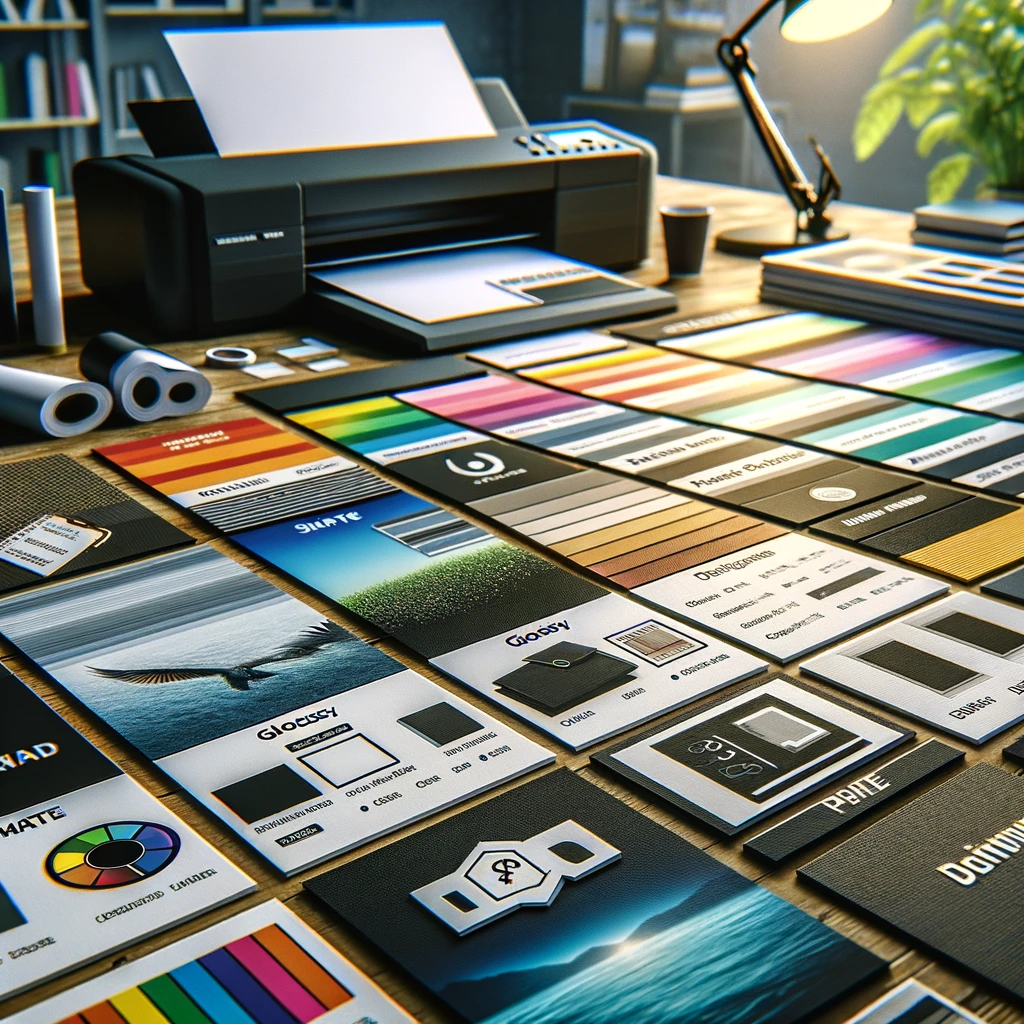How to choose a right paper? Choosing the right paper for your printing projects can significantly impact the final product’s look, feel, and durability. Whether you’re printing business cards, flyers, photographs, or just documents for personal or professional use, understanding the different types of paper and their best uses can help ensure your project turns out exactly as you envisioned. This comprehensive guide will walk you through the considerations and options available, so you can select the perfect paper type for any project.
Understanding Paper Weight and Brightness
Paper Weight: This refers to the thickness and sturdiness of the paper. Measured in pounds (lbs) or grams per square meter (gsm), higher numbers indicate thicker, heavier paper. Thicker papers are less likely to bleed through and are better for double-sided printing.
Brightness: The brightness of paper measures how much light it reflects. It is rated on a scale from 1 to 100, with higher numbers indicating brighter paper. Brighter paper provides higher contrast for both color and black-and-white prints, making your documents appear crisper and more vibrant.
Types of Printing Paper
- Inkjet Printer Paper: Specially coated to absorb ink and prevent it from smearing. Ideal for detailed color printing, such as photos or charts.
- Laser Printer Paper: Thinner and smoother than inkjet paper, designed for the heat of laser printers. Offers precision and efficiency for text documents.
- Glossy Paper: Has a shiny finish that enhances the color and brightness of photos and graphics. Perfect for printing high-quality photographs or marketing materials.
- Matte Paper: Features a non-glare surface, making it ideal for prints that will be displayed under various lighting conditions. Suitable for both photos and general printing.
- Textured Paper: Offers a unique feel and appearance for special projects, such as invitations or certificates. Available in various textures like linen or parchment.
- Recycled Paper: Made from post-consumer waste, offering an eco-friendly option without significantly compromising print quality. Ideal for everyday printing needs.
Considerations for Special Projects
- Photographs: High-gloss or semi-gloss paper is best for vibrant, detailed photo prints.
- Business Cards and Invitations: Thick, heavy cardstock or textured paper gives a professional feel and durability.
- Flyers and Brochures: Glossy or matte paper can be used depending on whether you want a shiny or subdued finish.
- Artistic Prints: High-quality, acid-free paper is essential for preserving the integrity of art prints over time.
Tips for Choosing the Right Paper
- Know Your Printer: Ensure the paper is compatible with your printer type (inkjet vs. laser) to avoid damaging your printer and will need repair.
- Consider the Project’s Purpose: The intended use of the printed materials should guide your paper choice—durability, presentation, and finish are key factors.
- Test Small Batches: If you’re unsure, buy small quantities of different paper types to test print before committing to large quantities.
By taking into account the paper weight, brightness, and type, you can significantly enhance the outcome of your printing projects. Remember, the right paper can turn a good project into a great one, making your printed materials stand out.

